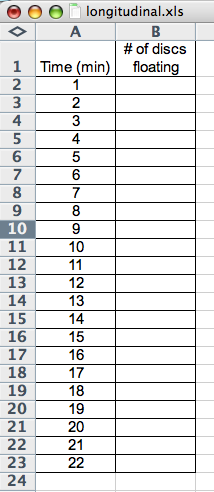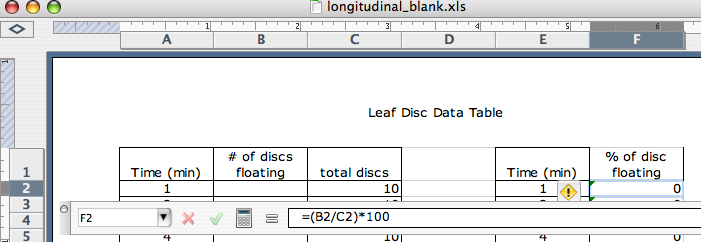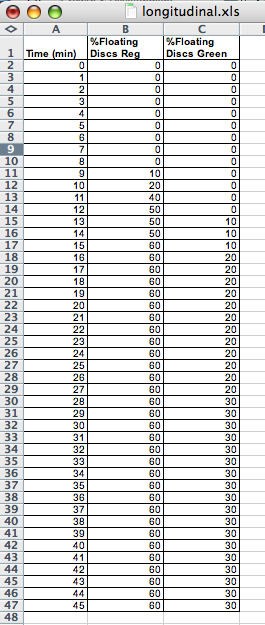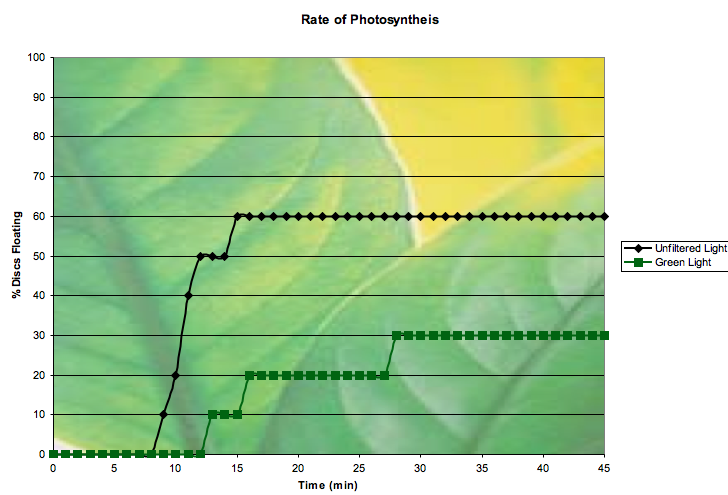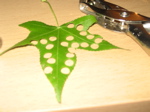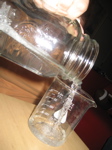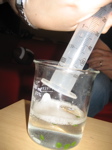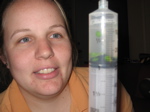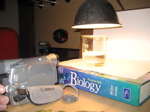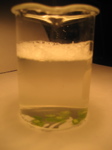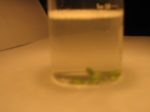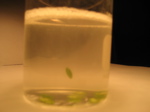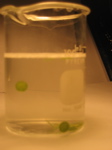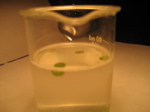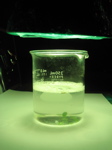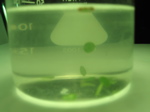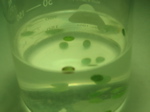Research Question:
What is the effect of wavelength on photosynthesis?
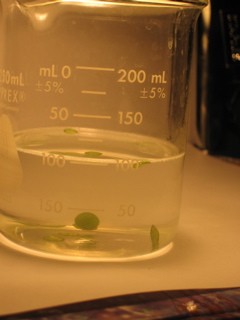
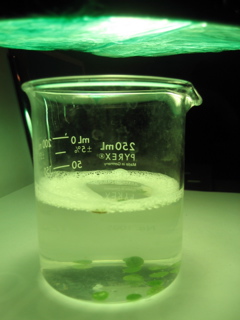
Standards addressed:
High School
1.The fundamental life processes of plants and animals depend on a variety of chemical reactions that occur in specialized areas of the organism's cells. As a basis for understanding this concept:
f. Students know usable energy is captured from sunlight by chloroplasts and is stored through the synthesis of sugar from carbon dioxide.
Grade 7
1. All living organisms are composed of cells, from just one to many trillions, whose details usually are visible only through a microscope. As a basis for understanding this concept:
d. Students know that mitochondria liberate energy for the work that cells do and that chloroplasts capture sunlight energy for photosynthesis.
